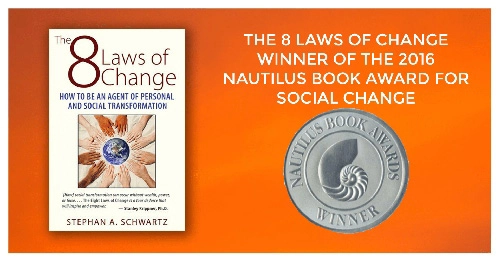
A microbiologist working with tubes of bacteria samples in an antimicrobial resistance and characterization lab at the Centers for Disease Control and Prevention in Atlanta. Credit: David Goldman/Associated Press
On Friday, the Centers for Disease Control and Prevention released a disturbing report about the death of an elderly woman in Washoe County, Nev. What killed her wasn’t heart disease, cancer or pneumonia. What killed her were bacteria that were resistant to every antibiotic doctors could throw at them.
This anonymous woman is only the latest casualty in a war against antibiotic-resistant bacteria — a war that we are losing. Although most bacteria die when they encounter an antibiotic, a few hardy bugs survive. Through repeated exposure, those tough bacteria proliferate, spreading resistance genes through the bacterial population. That’s the […]










There are things that MD’s don’t know about fighting infection.
That American who died of Ebola in Texas a couple of years ago could have been treated with high-dose Vitamin C intravenously and may have lived had his doctors known to do that.
The next time you see your doctor just keep in mind that he doesn’t know everything. Use him as an adviser, not as the person who must be obeyed without question.
The use of broad-spectrum antibiotics is part of the problem.
Doctors reach for them without thinking.
If you go back 30-40 years doctors would take a specimen and the hospital lab would determine which antibiotic was best for the particular bug.
There was a whole range of specific antibiotics like aureomycin that were used.
I have heard that bacteria “forget” about chemicals that are no longer used against them, so I suspect there are a bunch of old-fashioned antibiotics that could be put back into use.
Since the time when antibiotics were first developed, they have had to be regularly updated, usually on an annual basis. Antibiotics are only effective for about a year after they are introduced. A major reason that companies have a hard time making a profit is because a patent for a product that only works for a year is somewhat useless. I don’t think the only answer is to throw money at the problem, and I think this article misses the point. For instance, the author mentions that bacteria is becoming more resistant to antibiotics, but what they don’t mention is that the drug resistant strains are developing in hospitals. This fact is important for at least two reasons: one, it makes the bacteria much easier to contain because it is already contained in a hospital, and two, the infections caused by the “super” bacteria could likely be prevented if better hygiene was used. There is an excellent radio lab that details the development and history of antibiotics, and I would suggest anyone concerned with this issue take a listen, and do some further research, because it seems that this article is rather slanted towards convincing us that a few billion dollars a year would solve the problem. It is a complex problem, and though this article helps shine a light on it, it missed a lot of important information.
CB
There is another solution in a machine called a BiCom which is being used on me to kill the bacteria, moulds, parasites, fungi and spirochetes associated with the Lyme Disease from which I am suffering. I was diagnosed too late to use the antibiotic for Borelia Burgdoferi so I am grateful for this machine but treatments are not inexpensive. It also deals with ‘superbugs’. http://www.biosupreme.com
Regards Jane
Indeed, this article does not mention various other options outside of the pharma sphere. There are many herbs, essential oils as well as nanosilver. Nature, per usual, has answers for our problems but we like to create our own additional problems because there is profit to be made in the pharmaceutical industry. Bacteria easily adapt to a homogeneous drug molecule, which Charles comment correctly pointed out results in reduced effectiveness with in a year or two of introduction. Plant materials with antibiotic properties present a moving target for bacteria because no two plants are exactly alike (differing soil conditions, climate, seasonal variations, sunlight, altitude, water & nutrient uptake, etc)…resulting in biological diversity in constituent molecules. This leaves (pun intended) bacteria fighting a different battle every time they encounter an herb or essential oil. Nano-sized silver particles are proven effective in preventing and killing bacteria and are used on burn patients where the risk of infection is extreme. FDA regulations forbid the herbal industry from making any prescriptive claims so of course many people remain uneducated on the subject unless they research everything on their own.
Perhaps the NYT does not wish to include alternatives to pharmaceuticals because this would be stepping on toes of an industry that advertises in it’s publication? I don’t read the NYT in general or have the data in front of me to know this for sure..just a guess. Anyhow, glad that antibiotic resistance is getting some attention because it is very serious and must be dealt with and soon.
On the other hand there’s this latest development in reversing antibiotic resistance!
http://www.sciencealert.com/scientists-just-announced-our-best-shot-at-ending-antibiotic-resistance-to-date?utm_source=ScienceAlert+-+Daily+Email+Updates&utm_campaign=f235a985ac-MAILCHIMP_EMAIL_CAMPAIGN&utm_medium=email&utm_term=0_fe5632fb09-f235a985ac-365572393